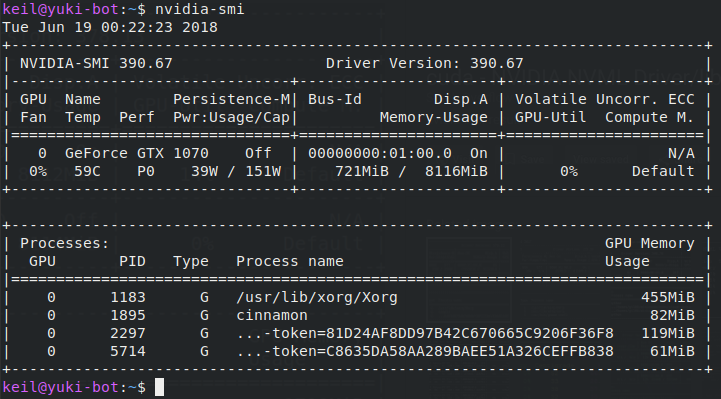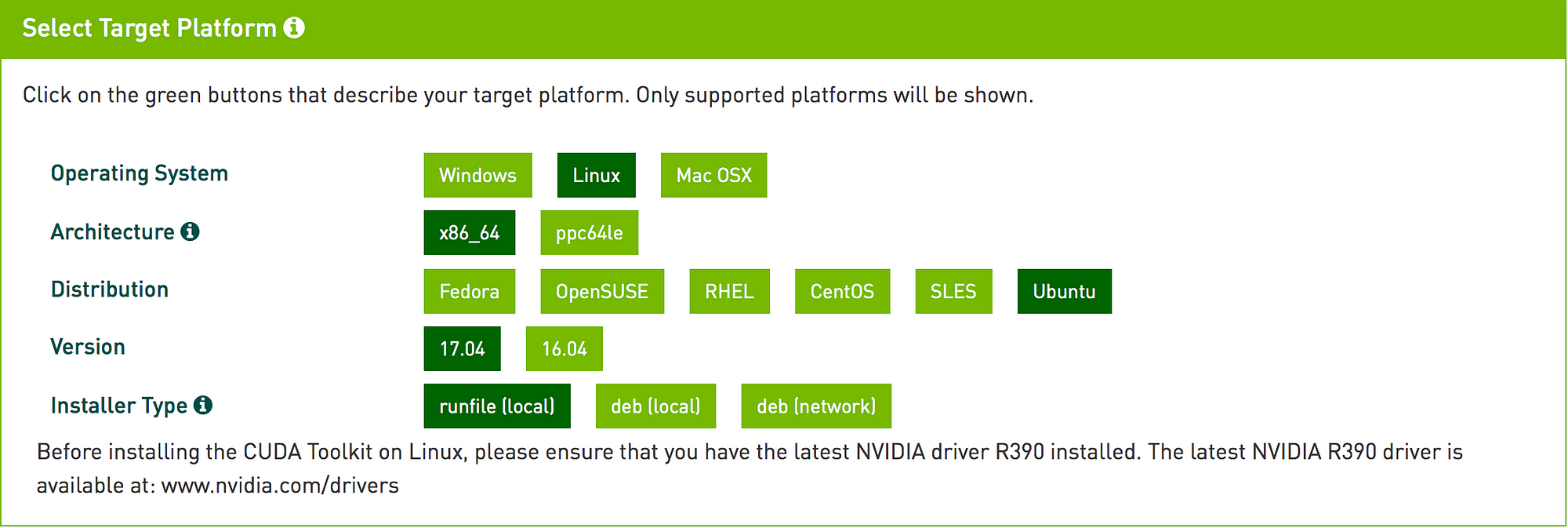

- #Check nvidia cuda toolkit version how to#
- #Check nvidia cuda toolkit version install#
- #Check nvidia cuda toolkit version driver#
- #Check nvidia cuda toolkit version windows#

Unix users can use either SSH or X tunneling.Ī recommended alternative to VNC is to set up remote kernels. Users can use other protocols like VNC to perform remote computation.
#Check nvidia cuda toolkit version windows#
Using CUDALink over Remote DesktopĬUDALink will not work over the Windows Remote Desktop (RDP). On such systems, users can either disable the video card switching behavior, or use tools that allow the user to switch from the menu bar (search the web for "dual-GPU switch" followed by the operating system). Laptops that perform automatic video card switching (between an Intel and an NVIDIA card, for example) may interfere with CUDALink's initialization of the CUDA device. This will allow the operating system to run the CUDA card using the proper driver.
#Check nvidia cuda toolkit version driver#
On systems with multiple GPU devices, the NVIDIA driver must be installed last. If the compiler is not in a standard installation, then the "CompilerIntallation" option can be given to use the nondefault installation, as described in "Setting a Different Compiler". Supported C compilers are Microsoft Visual Studio on Windows and GCC on Linux.ĬUDALink requires a supported C compiler to be installed on the system: NVCC compiler requires a C compiler, the NVCC compiler will not be detected without a valid C compiler. Note that macOS is not supported by NVIDIA. Installation guides for Windows and Linux can be found here: The CUDA installation packages can be found on the CUDA Downloads Page. For convenience, NVIDIA includes a compatible CUDA driver with the toolkit. What is latest TensorFlow version tensorflow Latest stable release. Verify running CUDA GPU jobs by compiling the samples and executing the deviceQuery or bandwidthTest programs. NVIDIA CUDA Toolkit and compatible CUDA driver is required for CUDALink to work. What version of Cuda does Tensorflow use CUDA® Toolkit TensorFlow supports CUDA® 11.2 (TensorFlow. If you do not have supported hardware, you will not be able to fully use CUDALink. In addition, you should check that your operating system is supported. If you are not certain, you can see the list of hardware supported in the "GPU Hardware" section. You should confirm that you have GPU hardware supported by CUDA.
#Check nvidia cuda toolkit version how to#
It also discusses common setup problems and how to troubleshoot them. This section explains how CUDALink is set up and configured for your machine. The CUDA Quick Start Guide indicates that the nbody sample in 5_Simulations should be directly compilable, so maybe I missed something else.CUDALink Compatibility With NVIDIA CUDA Toolkit The older 6.5 Getting Started Guide (2014) has a couple recommendations, but I don’t want to risk incompatibility again. I haven’t found an up to date Getting Started Guide.
#Check nvidia cuda toolkit version install#
WARNING - libGLU.so not found, refer to CUDA Getting Started Guide for how to find and install them. "> WARNING - libGL.so not found, refer to CUDA Getting Started Guide for how to find and install them. The samples built correctly, except for 2_Graphics and 5_Simulations, which evidently require OpenGL libraries that are not found. I did do the ‘remove’ command, even though it may not have been necessary. Unfortunate that such a simple omission would result in a misleading prompt by Linux, but I guess I’ll have to get used to that. I had probably missed a something in setting the path. “cat /usr/local/cuda-10.1/version.txt” showsĢ: Why was the toolkit not installed by the recommended procedure for the local. Nvidia-smi reports the driver as 418.87.00, and CUDA Version 10.1: In previous versions, we could do from import buildinfo as tfbuildinfo print (tfbuildinfo.cudaversion. Note: As this is not a public API, things can change in future versions. But the toolkit/cuda version reported by nvcc -V is:Ĭuda compilation tools, release 9.1, V9.1.85 So to get CuDNN and CUDA versions: > print (build.buildinfo 'cudaversion') 11.0 > print (build.buildinfo 'cudnnversion') 8. The first step is to select the application to check.

Running the latter command did install nvcc. NVIDIA Compute Visual Profiler This simple tool is available in the CUDA Toolkit available for. However, after reboot, nvcc was not found:Ĭommand ‘nvcc’ not found, but can be installed with: I completed the recommended steps for ‘deb local’: deb file may be a better installation method. So I went back through the “Nvidia Installation Guide for Linux” and instructions here at run file without much luck (could not get past an initial error screen that complained about the driver already installed). I successfully installed the CUDA driver for a 1080 Ti based Linux system, but then realized that I needed to install the CUDA Toolkit.


 0 kommentar(er)
0 kommentar(er)
